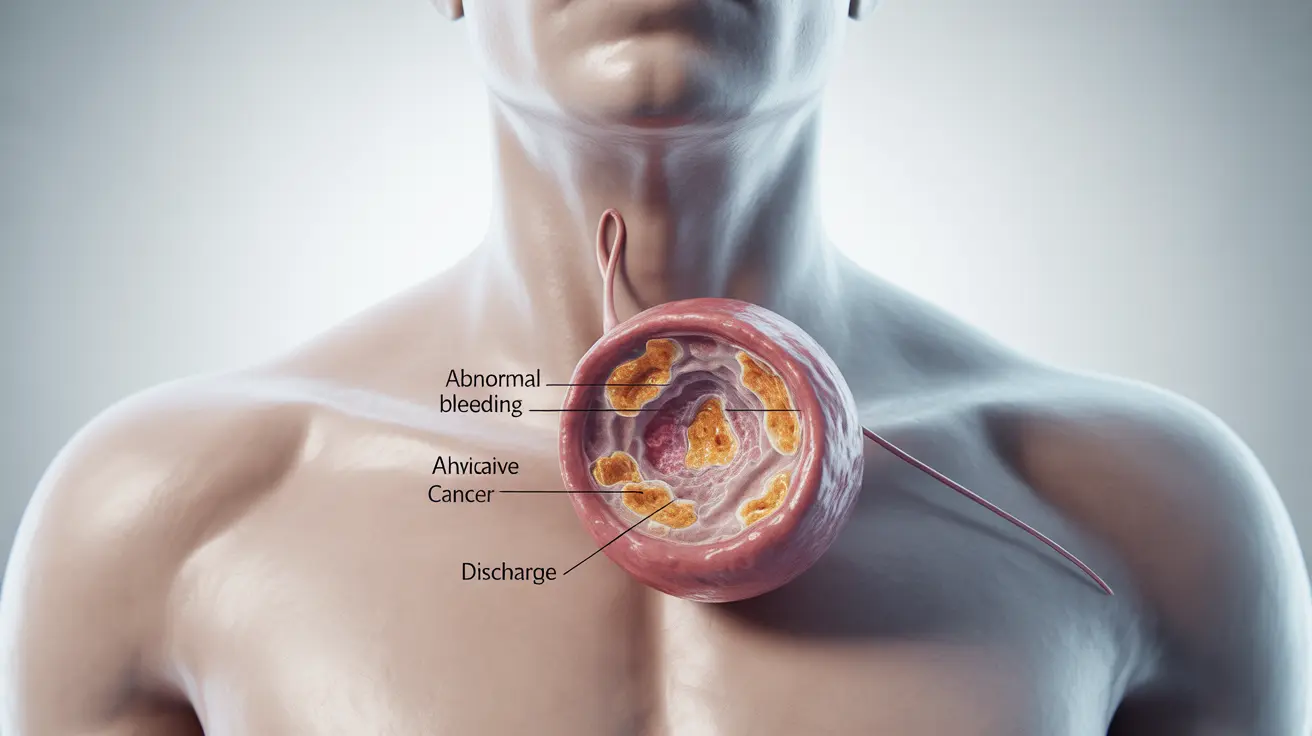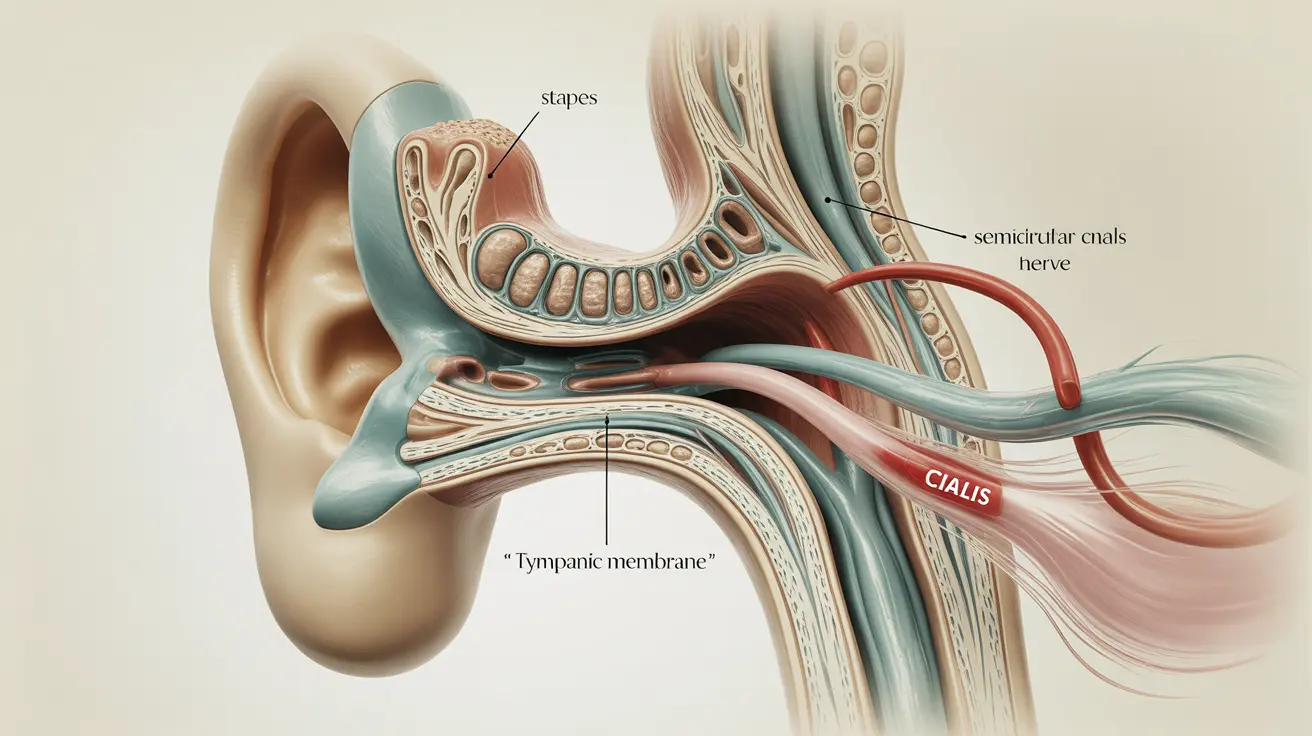Getting a tattoo is an exciting but potentially painful experience. Many people wonder how they can make the process more comfortable. One popular solution that's gained attention is tattoo numbing cream. In this article, we'll explore the effectiveness of these products, how they work, and what you need to know before using them for your next ink session.
Understanding your options for pain management during tattooing is crucial, whether you're a first-timer or adding to your collection. Let's dive into the world of tattoo numbing creams and discover if they're the right choice for you.
How Tattoo Numbing Cream Works
Tattoo numbing creams are topical anesthetics designed to temporarily desensitize the skin. They typically contain active ingredients such as lidocaine, benzocaine, or tetracaine. These compounds work by blocking nerve signals in the applied area, reducing sensation and potentially making the tattooing process more comfortable.
When applied correctly, these creams can provide a numbing effect that lasts anywhere from 30 minutes to a few hours, depending on the product and individual factors. It's important to note that while they can reduce pain, they don't eliminate it entirely.
Effectiveness of Tattoo Numbing Cream
The effectiveness of tattoo numbing cream can vary widely from person to person. Some individuals report significant pain reduction, while others may experience only minimal relief. Factors that can influence effectiveness include:
- The specific product and its concentration of active ingredients
- Proper application technique and timing
- Individual pain tolerance and skin sensitivity
- Tattoo location and size
It's crucial to have realistic expectations when using these products. While they can help take the edge off, they won't make the tattoo process completely painless.
Proper Application and Timing
For best results, follow these steps when using tattoo numbing cream:
- Clean and dry the area to be tattooed
- Apply a thick layer of the cream as directed on the product label
- Cover the area with plastic wrap to enhance absorption
- Wait the recommended time (usually 1-2 hours) before removing
Always consult with your tattoo artist before using any numbing products, as some may prefer you not use them or have specific recommendations.
Potential Risks and Side Effects
While generally considered safe when used as directed, tattoo numbing creams can have potential side effects, including:
- Skin irritation or allergic reactions
- Altered tattoo healing process
- Interference with ink absorption (if not properly removed before tattooing)
It's essential to perform a patch test before full application and to discuss usage with both your tattoo artist and a healthcare provider, especially if you have any underlying health conditions or are taking medications.
Alternative Pain Management Techniques
If you're hesitant about using numbing cream or want additional ways to manage tattoo pain, consider these alternatives:
- Choose a less sensitive area for your tattoo
- Practice deep breathing and relaxation techniques
- Stay hydrated and well-rested before your appointment
- Use distraction methods like listening to music or chatting with your artist
- Consider breaking larger tattoos into multiple sessions
Remember, everyone's pain tolerance is different, and what works for one person may not work for another. It's about finding the right combination of techniques that work best for you.
Frequently Asked Questions
- What are the most effective ways to reduce pain during a tattoo session?
The most effective ways to reduce pain during a tattoo session include using tattoo numbing cream, choosing a less sensitive body location, staying well-rested and hydrated, practicing relaxation techniques, and using distraction methods like music or conversation. It's also crucial to select an experienced tattoo artist who can work efficiently and comfortably.
- Is tattoo numbing cream safe to use, and how long does it last?
When used as directed, tattoo numbing cream is generally safe for most people. However, it's important to do a patch test first and consult with your tattoo artist and healthcare provider. The numbing effect typically lasts between 30 minutes to a few hours, depending on the product and individual factors. Always follow the instructions on the product label for safe and effective use.
- Which body locations hurt the most and least when getting a tattoo?
Generally, areas with more fat and muscle and fewer nerve endings hurt less, such as the outer thigh, upper arm, and calf. The most painful areas tend to be those with thin skin close to bone, like the ribs, spine, ankles, and face. However, pain perception varies greatly between individuals, so what's painful for one person might be tolerable for another.
- How do I care for my tattoo to minimize pain and prevent infection?
To minimize pain and prevent infection, follow your artist's aftercare instructions carefully. This typically includes keeping the tattoo clean and moisturized, avoiding direct sunlight and soaking in water, wearing loose clothing, and refraining from picking or scratching the tattoo as it heals. If you experience prolonged pain or signs of infection, such as excessive redness, swelling, or fever, consult a healthcare professional immediately.
- What are the pain levels and risks associated with tattoo removal methods?
Tattoo removal can be more painful than getting a tattoo. Laser removal, the most common method, often feels like a rubber band snapping against the skin and may require multiple sessions. Risks include temporary redness, blistering, and potential scarring. Surgical excision and dermabrasion are more invasive and can cause significant discomfort during and after the procedure. The pain level and healing time vary depending on the size and location of the tattoo, as well as the individual's pain tolerance.
In conclusion, while tattoo numbing cream can be a helpful tool for managing pain during the tattooing process, it's just one of many strategies to consider. By understanding your options and preparing properly, you can make your tattoo experience as comfortable as possible. Always prioritize safety and consult with professionals to ensure the best outcome for your new ink.




